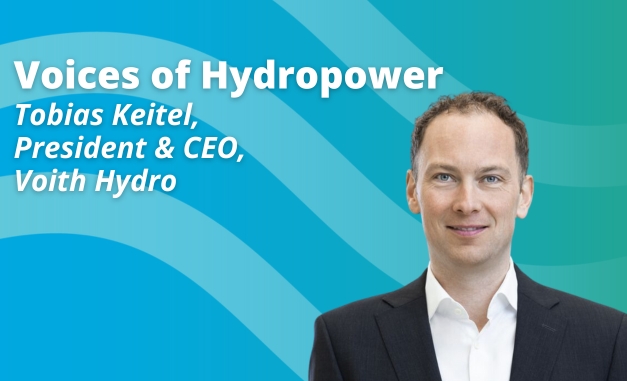New approaches to hydropower development in India
Jindal Power Limited, India’s leading power generation company with a portfolio of 15,000 MW in various stages of operation, implementation, development and planning in hydro and thermal, has signed a partnership with the International Hydropower Association (IHA) to promote sustainable practices in the development of the company's first hydropower project.
The partnership – the 16th of its kind globally and the first in India – focuses on the application of the Hydropower Sustainability Assessment Protocol, a framework developed in collaboration between governments, civil society, hydropower industry and the finance sector to assess projects against a comprehensive range of social, environmental and economic considerations.

Jindal Power is applying the protocol to the 3,097 MW Etalin project in the state of Arunachal Pradesh in north-east India, which will be the country’s largest hydroelectric plant, and the company's first.
Jayant Shriniwas Kawale, Jindal Power’s managing director for hydro and renewables, explains how the project will bring sustainable development to people in the region. “For a long time this part of the country has remained cut off due to its adverse topographical situation,” he says. “Traditional economic activity, agriculture, is practiced in an environmentally destructive manner whereby part of a forest is burned down and used for a couple of years before moving onto another.
“An important part of the vision for the project is that it will bring new and sustainable economic activity to the region. According to our policy, 12 per cent of the project’s revenues will be awarded to the state government, and 1 per cent to the local community. This will add enormous value to the local economy.”Last year, the role of hydropower in India fell under the spotlight as floods devastated the state of Uttarakhand in the north of the country.
“The floods have given rise to a lot of debate,” explains Mr Kawale. “A large section of civil society has strived to make the case that the presence of hydropower either caused or worsened the floods. This view becomes very far-fetched when you look at the topography of the region – much of the disaster and damage took place far above the highest hydropower project.
“In one case, the Tehri dam – a large storage project – demonstrably absorbed much of the impact of the floods, and saved two large towns downstream of the project from devastation. But what the disaster has certainly highlighted is the need to achieve social acceptance in the early stages of a project.”
What the disaster has certainly highlighted is the need to achieve social acceptance in the early stages of a project.” – Jayant Kawale
Mr Kawale believes that the Hydropower Sustainability Assessment Protocol can play a key role in promoting a better approach to social and environmental issues in India. “We have very elaborate procedures for technical clearance and land acquisition, but equally important issues such as communication with local communities are not adequately covered in our usual practices,” he says.
“Historically, the hydropower sector has viewed new developments as engineering projects rather than social projects, which has often meant that important aspects have been ignored. By using the protocol we hope not only that our project will take a better approach, but that other projects in the country will follow.
“Many of the concerns that have been raised by civil society following the Uttarakhand floods could have been answered if an all-round, 360-degree assessment of each project had taken place at the stages of development and implementation.”
Stakeholder engagement
With a population of 1.2 billion and with voting rights for everyone over the age of 18, India is the world’s largest democracy.

“We have to make sure that affected communities are not only getting fully compensated, but that their lives are eventually much better than they were before the project started," says Mr Kawale.
“If a project is seen as being top-driven, that there is somebody sitting in the state government who has decided it will go ahead, and then you come to the community level and say “look guys, we’ve decided to build a project here”, you start on the wrong footing. But if you take a bottom-up approach and involve the community in the development of the project right from the beginning, you can build a consensus.”
The team at Jindal Power will undergo a protocol training programme in August facilitated by IHA’s sustainability specialists, before the assessment gets under way later in the year.
You can find out more about sustainability partnerships and how you can get involved at www.hydrosustainability.org.










